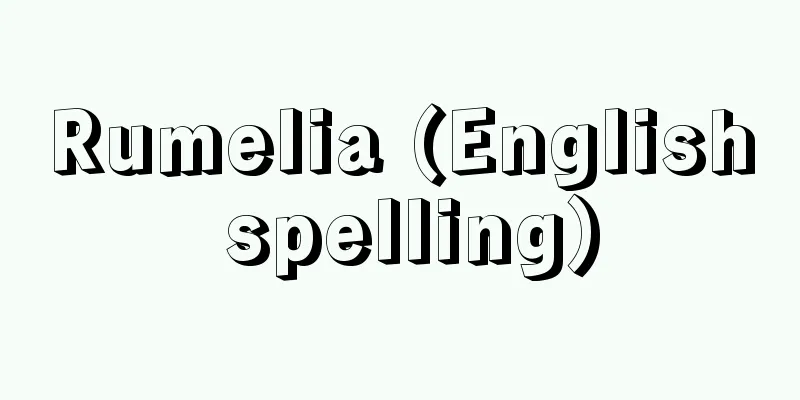Miscellaneous - Zassetsu

|
In the Japanese calendar, this refers to days other than the 24 solar terms that serve as indicators of the seasons. Currently, the calendar includes Setsubun, Higan, Sha-nichi, Hachijuhachiya, Nyubai, Hangesho, Nihyakutoday, and Doyo. Setsubun marks the change of seasons, and originally occurred four times a year, but now only Setsubun, the day before the beginning of spring, is recorded. Higan lasts for a total of seven days, including the vernal and autumnal equinoxes and three days before and after them, and the first day is recorded on the calendar as "Higan no Iri". Sha-nichi is the day of Tsuchinoe, which is close to the vernal and autumnal equinoxes. The 88th day and the 210th day are respectively the 88th and 210th days counting from the beginning of spring. In the old calendar, the beginning of the plum blossom season was the first day of the month of May, when the sun's ecliptic longitude reaches 80 degrees, but since the "Meiji 9th Year Calendar" it is when the sun's ecliptic longitude reaches 80 degrees, which is around June 11th in the current calendar. Hangesho is the third phase of the summer solstice, and is the 11th day from the summer solstice. In the current calendar, it is when the sun's ecliptic longitude reaches 100 degrees, which is around July 2nd. Doyo lasts for 18 days at the end of each season, and the first day of the season is called "doyo entry" and is recorded on the calendar. In the current calendar, the beginning of doyo for spring, summer, autumn, and winter is when the sun's ecliptic longitude reaches 27 degrees, 117 degrees, 207 degrees, and 297 degrees, which is around April 17th, July 20th, October 21st, and January 18th. Of the four seasons' doyo, only the summer doyo is commonly used. [Toshio Watanabe] "The Japanese Calendar" by Toshio Watanabe (1976, Yuzankaku Publishing) " Everything about the Calendar" by Toshio Watanabe (1980, Yuzankaku Publishing) [Reference items] | | | | | |Source: Shogakukan Encyclopedia Nipponica About Encyclopedia Nipponica Information | Legend |
|
日本の暦(こよみ)で二十四節気(せっき)以外の、季節の目安となるような日をいう。現在、暦には節分(せつぶん)、彼岸(ひがん)、社日(しゃにち)、八十八夜(はちじゅうはちや)、入梅(にゅうばい)、半夏生(はんげしょう)、二百十日、土用(どよう)が記載されている。節分は季節の変わり目で、元来1年に4回あるが、現在は立春の前日の節分だけが記載される。彼岸は春分・秋分を挟んでその前後3日、あわせて7日間で、初めの日を「彼岸の入り」として暦に記す。社日は春分・秋分に近い戊(つちのえ)の日である。八十八夜、二百十日は立春の日から数えてそれぞれ88日目、210日目にあたる日である。入梅は旧暦時代は五月節芒種(ぼうしゅ)に入って第一の壬(みずのえ)の日をとったが、「明治九年暦」からは太陽の黄経が80度に達したときで、現行暦の6月11日ごろである。半夏生は夏至(げし)の第三候で夏至から数えて11日目にあたり、現行暦では太陽の黄経100度に達したときで7月2日ごろである。土用は四季の終わりに各18日間あるが、その初めの日を「土用入り」と称して暦に記す。現行暦では春、夏、秋、冬の土用入りは太陽黄経が27度、117度、207度、297度に達したときで、およそ4月17日、7月20日、10月21日、1月18日ごろである。四季の土用のうち夏土用だけが一般に用いられている。 [渡辺敏夫] 『渡辺敏夫著『日本の暦』(1976・雄山閣出版)』▽『渡辺敏夫著『暦のすべて』(1980・雄山閣出版)』 [参照項目] | | | | | |出典 小学館 日本大百科全書(ニッポニカ)日本大百科全書(ニッポニカ)について 情報 | 凡例 |
Recommend
Berger mixture
… Smoke is used as a concealment screen and as a ...
Nuclear Reactor Regulation Act
The exact name of this law is the "Act on the...
Ma Rong - Bayu
A scholar of classics in the Eastern Han Dynasty ...
Kannonji Temple (Yamagata)
...The Nittsuko River and the Arase River flow we...
Pain sensation
…It can occur when there is an abnormality in the...
Remington, E. (English spelling) Remington E
…American entrepreneur. Born in New York State, h...
Local electric field coefficient
…The electric field F acting on atoms in a unifor...
Mr. Suzuki
A local lord in Kii Province. He had a deep connec...
Masanobu Hirauchi - Masanobu Hirauchi
A master carpenter in the early Edo period. Born ...
Jeong Sop
A Chinese calligrapher and painter in the mid-Qin...
Koyukon
…(2) The Athabaskan people are an Indian tribe li...
Prasava
…He is said to hold out his golden hands and illu...
Volksbuch (People's Book)
A genre in German literature from the 15th to 16th...
Body Donation
A corpse is a donation of a person's body to ...
Boat racing
This is a public gambling game that sells betting...









![Morava [river] - Morava](/upload/images/67cd066de02a2.webp)